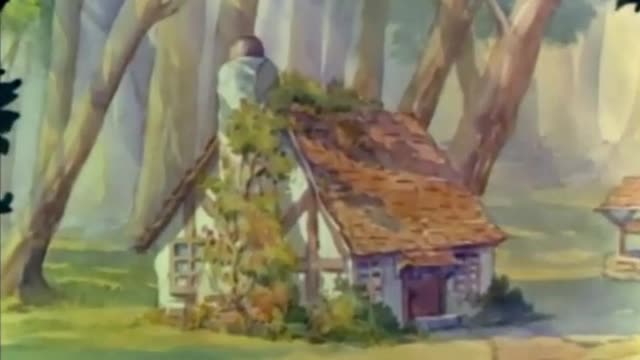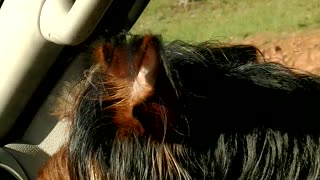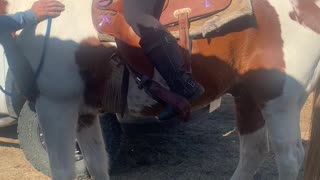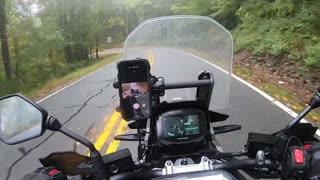Premium Only Content

Red Hot Riding Hood c.1943 : Flipping the script on an classic tale
Animated shorts based on fairy tales were a staple of animation in the first part of the 20th century. The Walt Disney Company made more than ten short films based on fairy tales during the 1930s alone, and both Disney’s own feature films and his competitors followed suit. Yet it’s easy to imagine the audiences of the 1940s getting a bit bored with the same handful of stories animated over and over by different studios.
Enter Tex Avery, animation’s master of screwball comedy, capable of pushing every comedic button in every short to produce maximum laughter. For his 1943 MGM short Red Hot Riding Hood, he changed the script with one of his signature fourth-wall breaks: Instead of a straight adaptation of the story, the characters directly talk to the narrator and ask for a new take. Then the second title card appears and we get an urban, catcalling wolf that pursues Red, now a sexy nightclub performer à la pinup girls Rita Hayworth and Lana Turner. The short is the perfect amalgam of Averyisms, from meta-humor to pop-culture references, to gags with characters pulling objects out of thin air, to incredibly stretchy and contorting bodies. On top of it all, Avery’s signature risqué comedy was practically guaranteed to give the era’s censors panic attacks within a short’s first few seconds.
And while cartoon content would be tamed over the coming decades, Avery’s innovations stuck.me His catcalling Wolf, for instance, has received homages and parodies from generations of animators after him. And the sequence in which Red’s grandma, now portrayed as a hip and wealthy woman living in a penthouse, begins chasing the Wolf around her apartment, all the while opening doors that lead outside the building or reveal cement walls, inspired a similar chase sequence in 1988’s Who Framed Roger Rabbit.
https://www.vulture.com/article/most-influential-best-scenes-animation-history.html
-
 1:02
1:02
KiwiLimon_SeasonalRecipes_English
5 years ago $0.03 earnedClassic Hot Cakes with Red Fruits
63 -
 0:19
0:19
Lorijo10
4 years agoRiding Rose
2431 -
 0:24
0:24
Binny2020
4 years agoBuster riding
42 -
 0:30
0:30
ajrassam
4 years agoHorseback riding
112 -
 0:45
0:45
BikiniTime
4 years ago $0.01 earnedRiding a horse
545 -
 0:06
0:06
brownmic004
5 years agoRiding a cow
881 -
 5:07
5:07
A Harley and A Vstrom
4 years agoMountain Riding
162 -
 2:01
2:01
darren67
5 years agoWildcat riding
84 -
 0:47
0:47
darren67
5 years agoUTV RIDING
82 -
 0:07
0:07
DJSandyB
4 years ago $0.01 earnedSquated blone riding
20